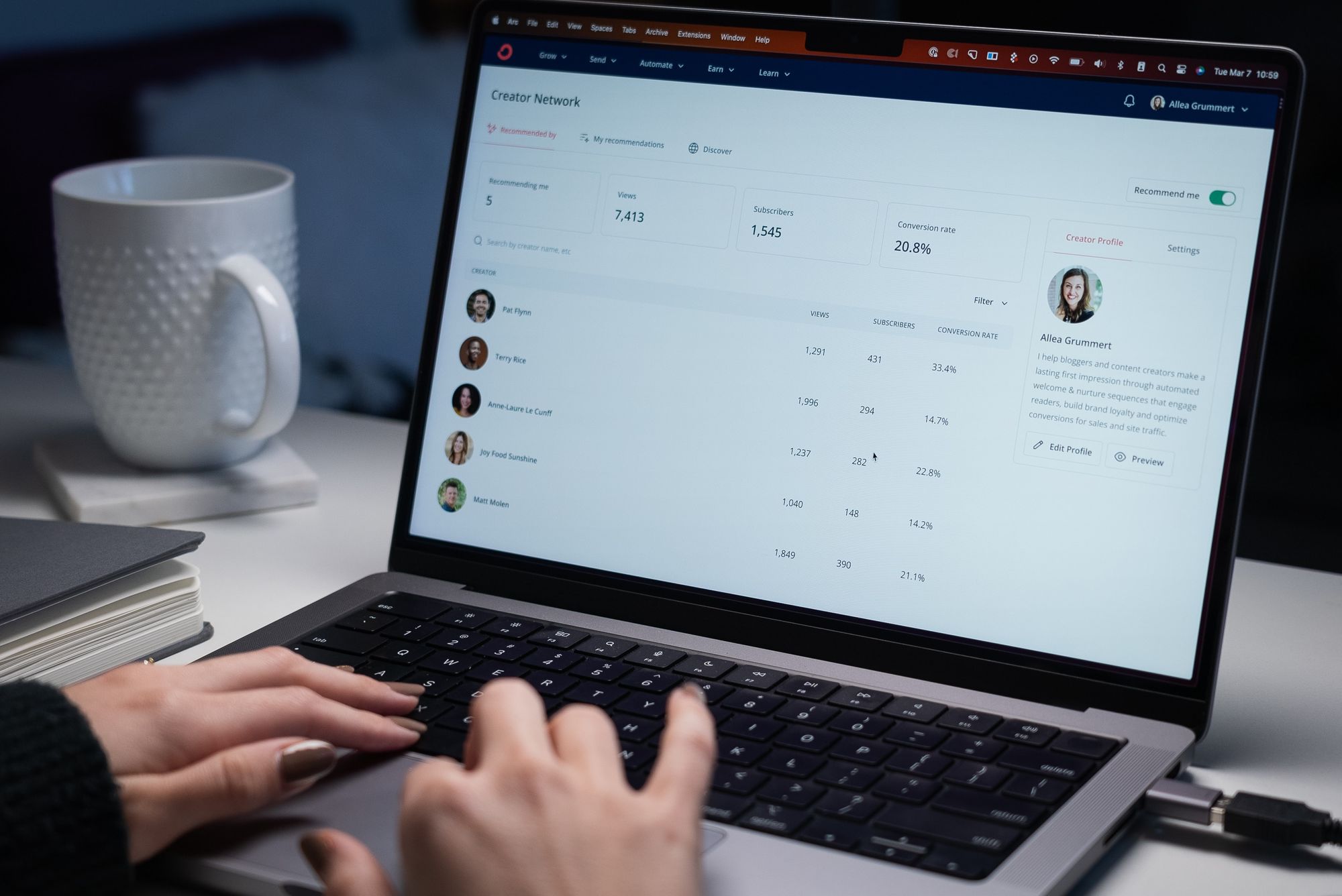In today's digital age, email has become a fundamental tool for communication and marketing. Whether you're a business owner, marketer, or professional, understanding how email delivery works is essential for ensuring your messages reach the intended recipients. In this comprehensive guide, we will delve into the intricacies of email delivery, exploring the process from start to finish and equipping you with the knowledge to maximize your email success.
1. The Journey of an Email

Have you ever wondered what happens after you hit the "send" button on your email client? Let's take a closer look at the journey an email takes from your computer to the recipient's inbox:
a) Sender's Mail Server: When you click "send," your email client communicates with your outgoing mail server (SMTP server). The server performs several checks and prepares to send the email.
b) DNS Lookup: The server performs a DNS (Domain Name System) lookup to determine the recipient's mail server based on their email domain.
c) Recipient's Mail Server: Your server establishes a connection with the recipient's mail server. It sends the email and waits for a response to confirm successful delivery.
d) Spam Filters and Authentication: The recipient's mail server evaluates the incoming email for spam indicators and checks for proper authentication (SPF, DKIM, DMARC). If the email passes these checks, it proceeds to the recipient's inbox.
e) Inbox Placement: Finally, the email reaches the recipient's inbox, where they can open and engage with it.
2. Factors Affecting Email Delivery
Several factors can impact the successful delivery of your emails. Understanding these factors allows you to optimize your email campaigns for maximum deliverability:
a) Sender Reputation: Internet Service Providers (ISPs) assess your sender reputation to determine the legitimacy and trustworthiness of your emails. Factors influencing your reputation include sending history, engagement rates, spam complaint rates, and list hygiene.
b) Authentication Protocols: Implementing authentication protocols like SPF, DKIM, and DMARC strengthens your email's authenticity and reduces the chances of your emails being marked as spam.
c) Content and Structure: The content and structure of your emails play a crucial role in deliverability. Avoid using spam trigger words, excessive punctuation, or misleading subject lines that can raise red flags with spam filters.
d) List Quality and Hygiene: Maintaining a clean and engaged email list is essential for good deliverability. Regularly remove inactive and bouncing email addresses, and ensure you have obtained proper consent from your subscribers.
e) Sending Volume and Frequency: Sending a large volume of emails or bombarding recipients with frequent messages can trigger spam filters. It's important to establish a healthy sending pattern and avoid sudden spikes in email volume.

3. Best Practices for Optimizing Email Delivery

To enhance your email delivery rates and maximize your email success, follow these best practices:
a) Build and Maintain a Quality Email List: Focus on organic list-building methods and avoid purchasing email lists. Engage in double opt-ins to ensure you have an interested and engaged subscriber base.
b) Implement Authentication Protocols: Configure SPF, DKIM, and DMARC to authenticate your emails and improve deliverability. These protocols help ISPs verify the legitimacy of your emails, reducing the chances of them being marked as spam.
c) Craft Engaging and Relevant Content: Create compelling content that provides value to your recipients. Tailor your emails to specific segments of your audience for increased personalization and engagement.
d) Monitor Email Engagement Metrics: Regularly analyze metrics like open rates, click-through rates, and bounce rates to gauge the effectiveness of your email campaigns. Adjust your strategies based on these insights to improve deliverability.
e) Test and Optimize: Utilize email testing tools to preview how your emails will appear across different devices and email clients. Testing helps you identify and resolve any formatting or rendering issues that could impact deliverability.
Frequently Asked Questions About Email Delivery
Q1: Why are my emails not reaching the inbox?
A1: Several factors could prevent your emails from reaching the inbox, such as poor sender reputation, content triggering spam filters, or authentication issues. By following best practices and addressing these factors, you can improve your email deliverability.
Q2: How can I improve my sender reputation?
A2: To enhance your sender reputation, focus on maintaining a clean and engaged email list, monitor your email engagement metrics, and promptly address any spam complaints or bounces.
Q3: What can I do to minimize my emails being marked as spam?
A3: To reduce the chances of your emails being marked as spam, avoid using spam trigger words, misleading subject lines, or excessive punctuation. Implement authentication protocols like SPF, DKIM, and DMARC to improve your email's legitimacy.
Q4: How frequently should I send emails?
A4: The frequency of your email sends depends on your audience and their preferences. Avoid overwhelming your subscribers with excessive emails, and find a balance that keeps them engaged without causing email fatigue.
In conclusion, understanding how email delivery works is essential for achieving successful email campaigns. By implementing best practices, optimizing your email content, and monitoring your email engagement metrics, you can enhance your email deliverability and build stronger connections with your audience. Embrace the power of effective email delivery and unlock unparalleled success in your digital marketing efforts.

